The name of the plant according to the botanical classifier: Crocus Sativus Countries of production of natural raw materials: Spain, Turkey Parts of the plant going into processing: stamens of flowers Types of raw materials obtained: oil, tincture Methods of production: oil is obtained by hydrodistillation, tincture — by infusing raw materials with alcohol Physical characteristics of raw materials: oil is a yellowish, transparent mobile liquid, tincture is a solution of saturated orange color. Olfactory characteristics of raw materials: oil and tincture have an intense, warm, spicy, slightly smoky aroma with a delicate hint of dried fruits Olfactory group: spicy Position in the olfactory pyramid: upper and middle notes Additional information: saffron is considered not only one of the most expensive spices in the world, but also one of the most expensive types of perfume raw materials, not least because of its rarity on the market. However, perfumers with varying degrees of success make up synthetic and semi-synthetic bases that mimic the aroma of saffron, and use separate natural and synthetic compounds (for example, one of the key odorants saffron) to convey the shades of saffron in the fragrance. The saffron note is a traditional component of oriental compositions, especially spicy and leather ones. It gives a sweet, slightly smoky freshness and a warm, spicy shade to the top and middle notes of the fragrance. Compositions with a dominant or main note of saffron: Givenchy Ange ou Demon, Ermenegildo Zegna Essenze Persian Saffron, Montale Aoud Safran, L'Artisan Parfumeur Safran Troublant, Demeter Fragrance Saffron and others.

0%

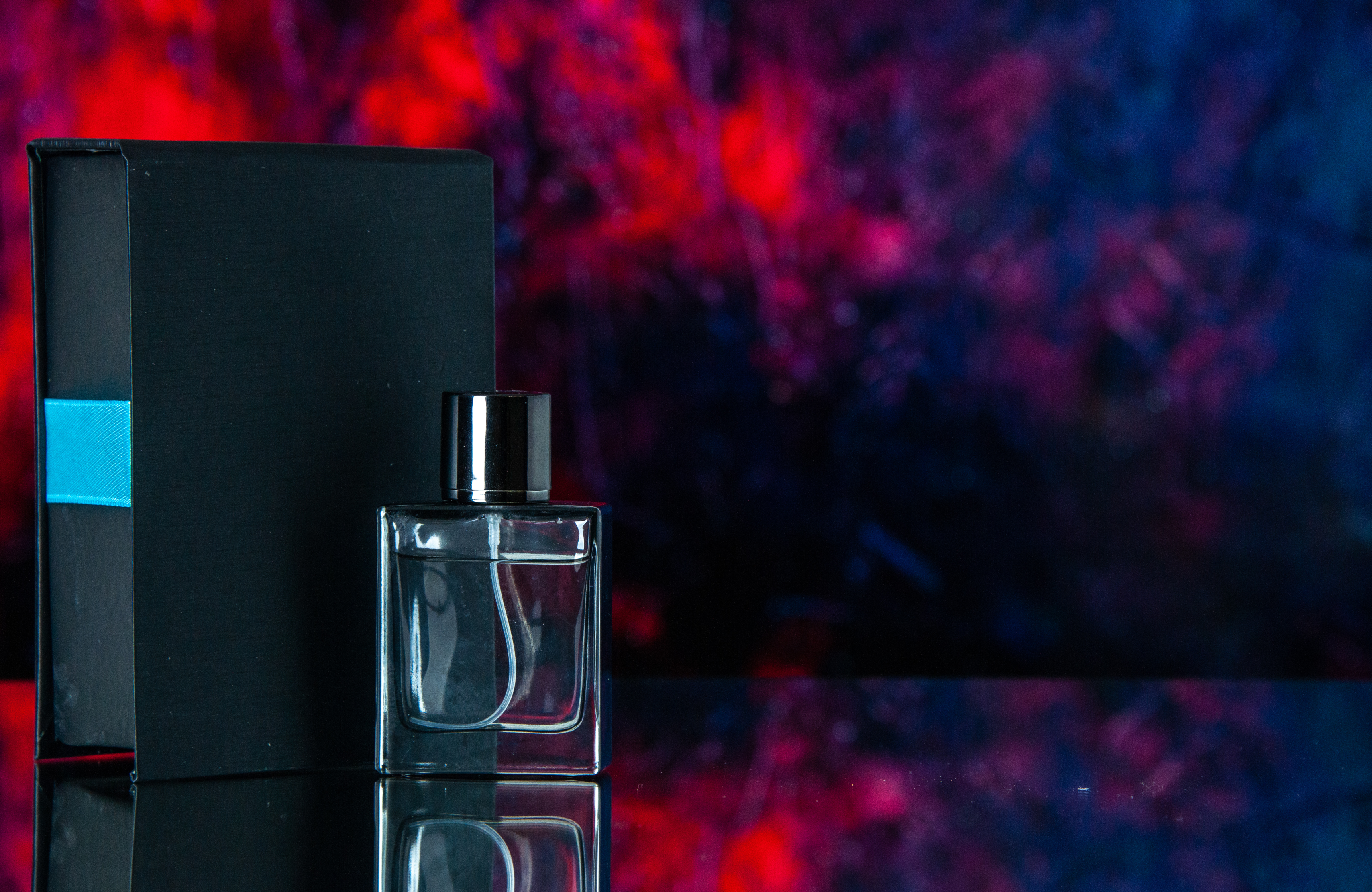
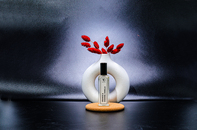
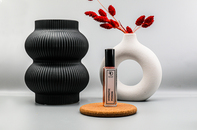
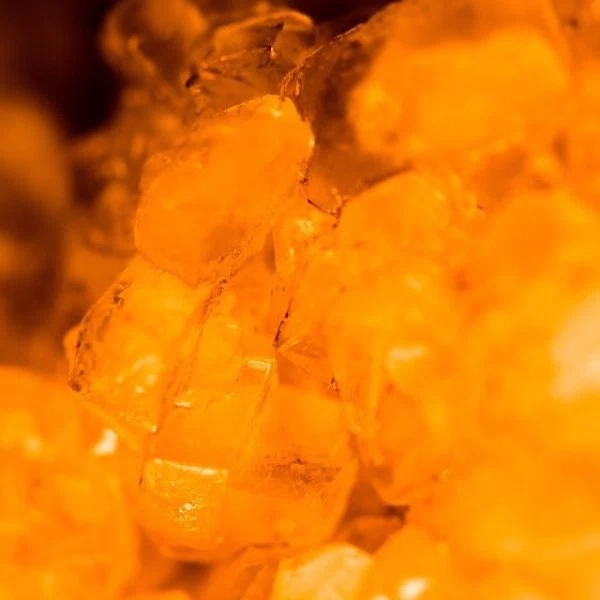
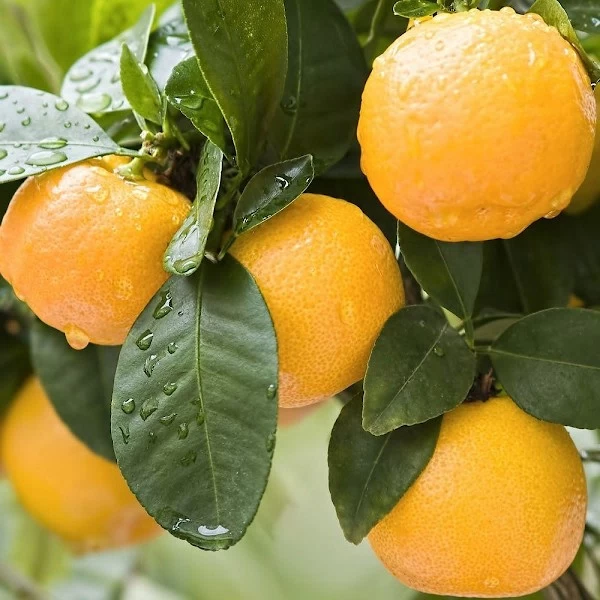
.jpeg)
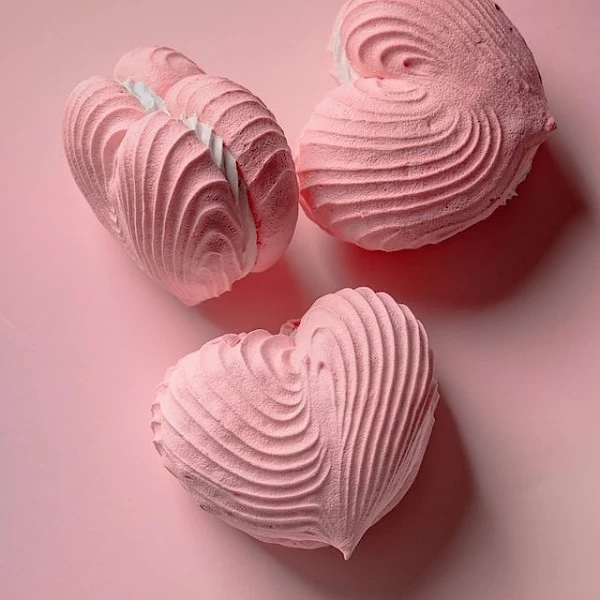

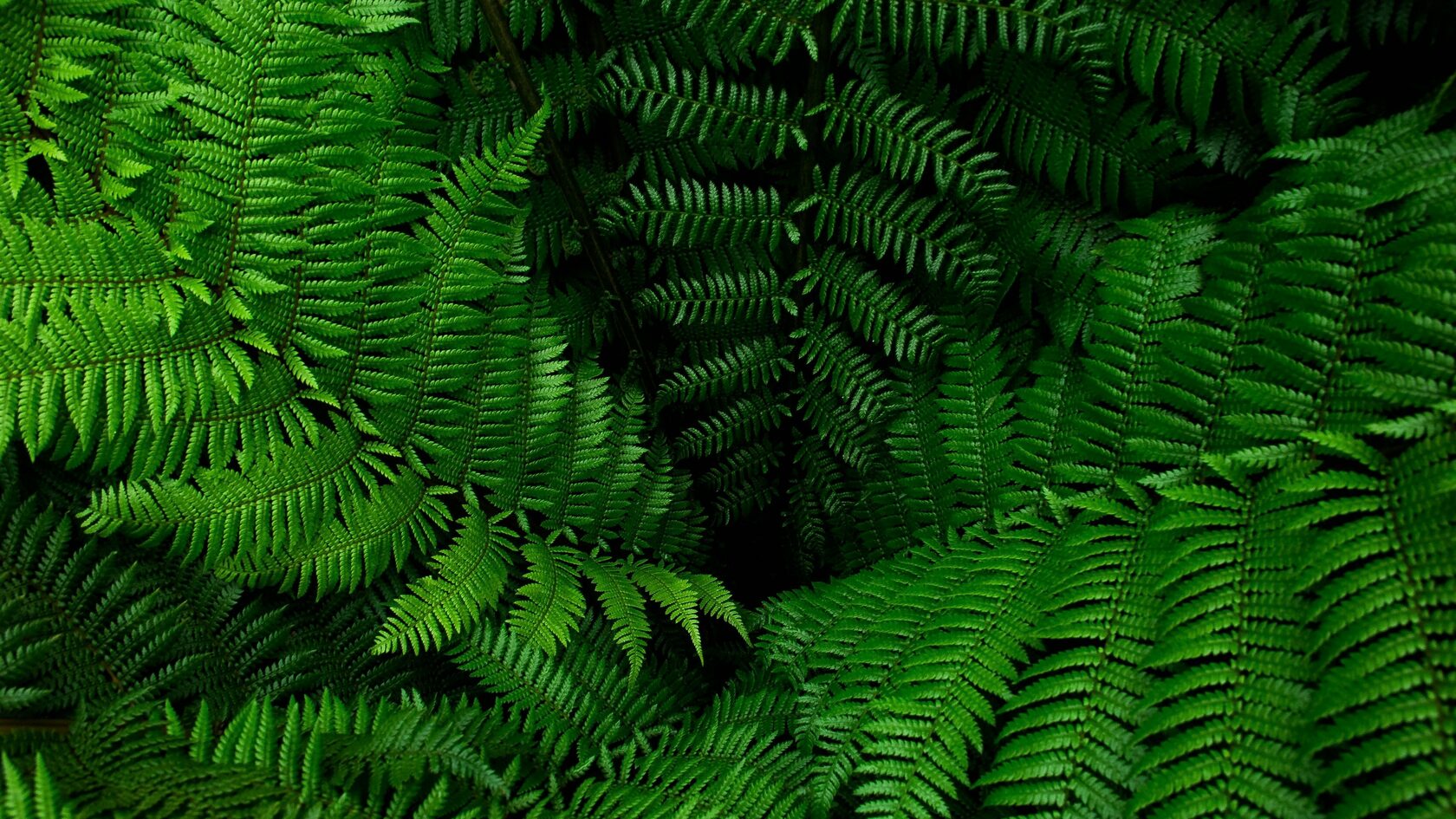
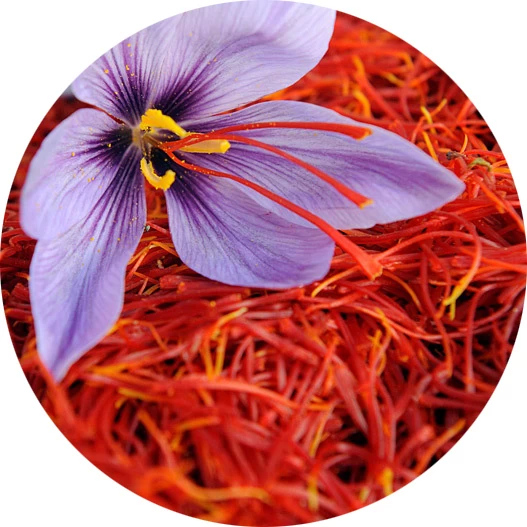
.svg)
